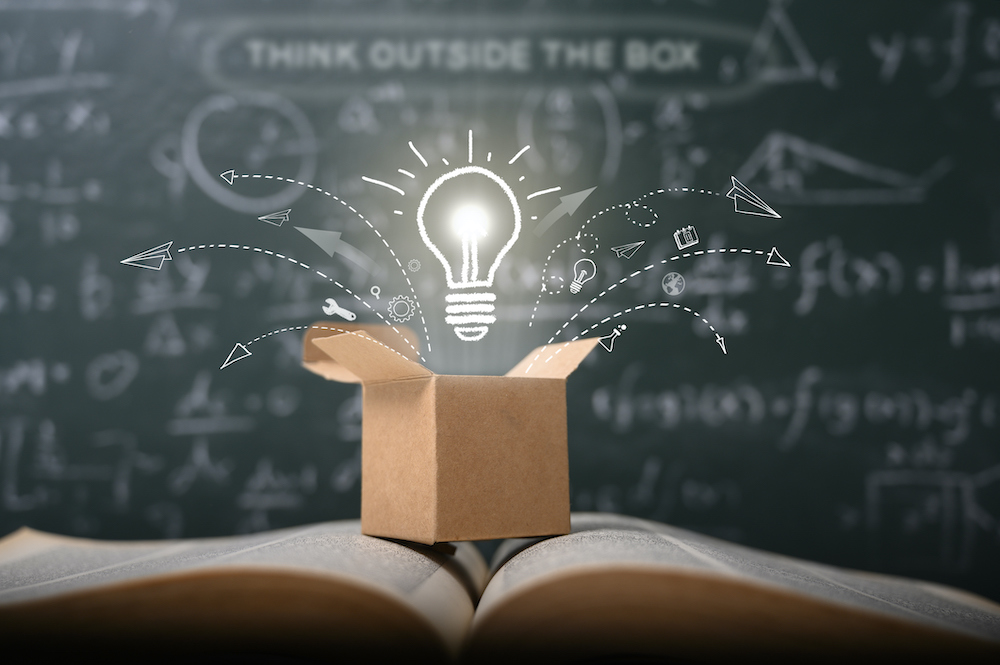You’ve likely heard the sentiment “go green” in many contexts, from recycling programs on college campuses to commercial businesses installing solar panels on their office building’s roof. Among an extensive list of examples, one we can also add to the mix is packaging design.
Sustainable packaging design can be defined as a strategic approach to product packaging that is built to have the least environmental impact. And in consumers’ eyes, this investment matters.
The Drive to Adopt Sustainable Packaging Design
In the 2021 Global Buying Green Report from Trivium Packaging and Boston Consulting Group, 54% of respondents consider sustainable packaging design in the purchase of a product — a movement led by consumers ages 44 and under. Of that age group, 83% of respondents said they would pay more for sustainably packaged products.
As this research suggests, sustainable packaging design lends itself to a business model that boosts product sales. This explains why several well-known brands have taken this initiative.
Consider the popular retail brand Calvin Klein as an example. In an effort to reduce their carbon footprint, the business made a commitment to eliminate single-use plastic in their packaging and avoid unnecessary waste by the year 2030. In partnership with How2Recycle, they’ve also outfitted their packaging with clear recycling instructions for consumers to prevent excess waste in landfills.
Different Variables That Go Into Sustainable Packaging Design
Sustainable packaging design isn’t built on a single effort. It’s a multi-layered strategy that ties back to both the physical design of product packaging, as well as the manufacturing processes used to bring this vision to life.
From a physical design standpoint, consider the volume of the packaging. When products are shipped in oversized packages, you not only put products at risk for movement in transit — you also add a lot of unnecessary material and energy into your packaging design. The other part of the issue is that these oversized packages take up more space on planes and truck beds, further adding to your carbon footprint. When packaging design is customized to fit specific business needs, it’s a win-win: products are less susceptible to damage and waste is kept to a minimum.
From a manufacturing process standpoint, consider product lead times. Slowdowns can happen for various reasons, whether it’s because packaging designs don’t translate into manufacturable products or high-volume production occurs before samples are fully tested and approved. With a design-for-manufacturing approach and first article approvals in place, businesses can avoid delays that cost more time and energy on the manufacturing floor, as well as nonviable product waste.
Prepare Your Packaging Solutions for the Future
The verdict is in: environmentally-friendly packaging is here to stay. From greener choices in packaging materials to measures that reduce waste, companies across a range of industries are taking action to meet the needs of modern consumers and have more opportunities to earn their business.
As a provider of custom packaging solutions, Cases By Source understands how to balance the needs of your products with those of your customers. Our customized cases are designed and manufactured to meet the dimensions and requirements of your unique product, with the most efficient manufacturing processes used to bring your solution to life. Our processes are backed by a design-for-manufacturing approach and quality control measures that prevent the need for rework and wasted energy down the road.
To speak with Cases By Source about your product packaging design, request a free consultation.








Leave a Comment